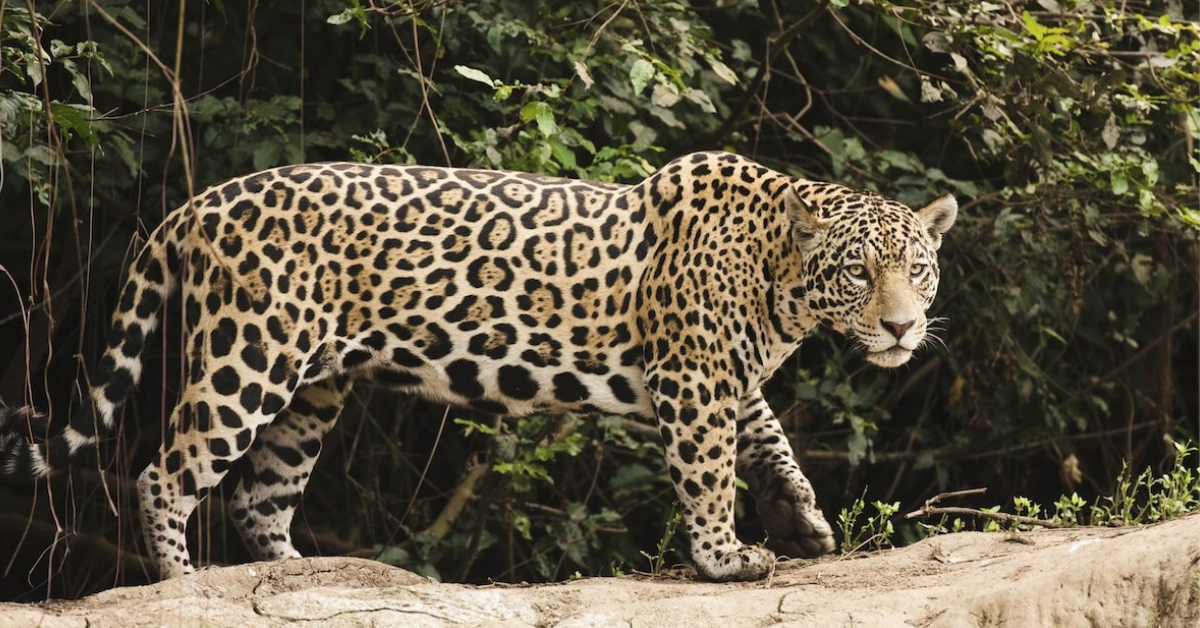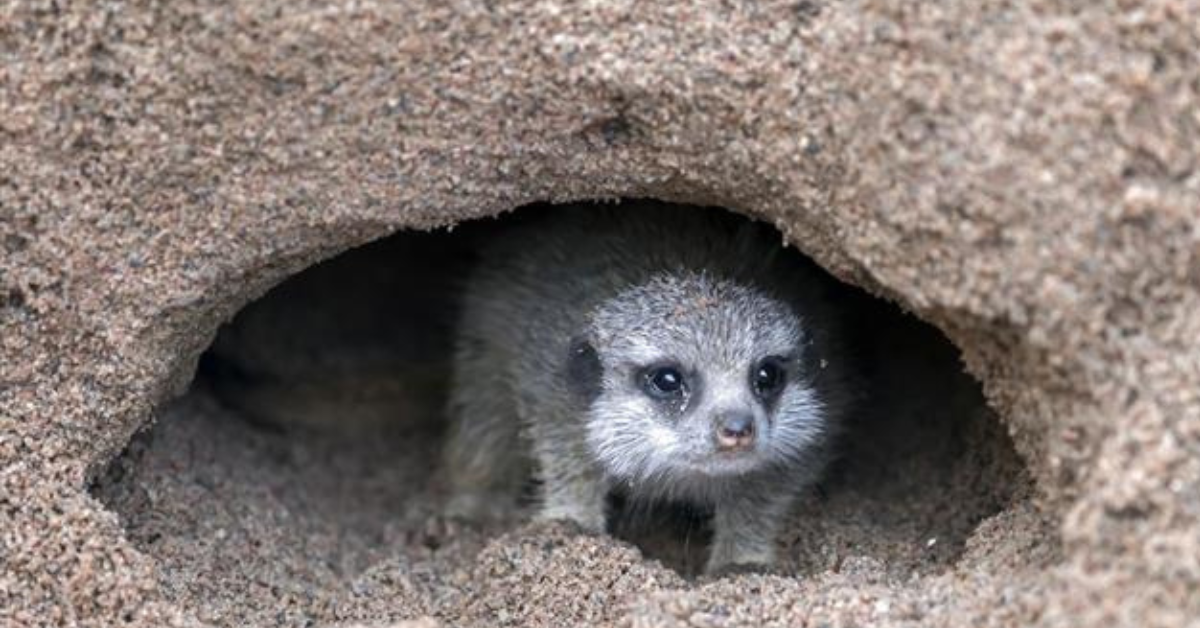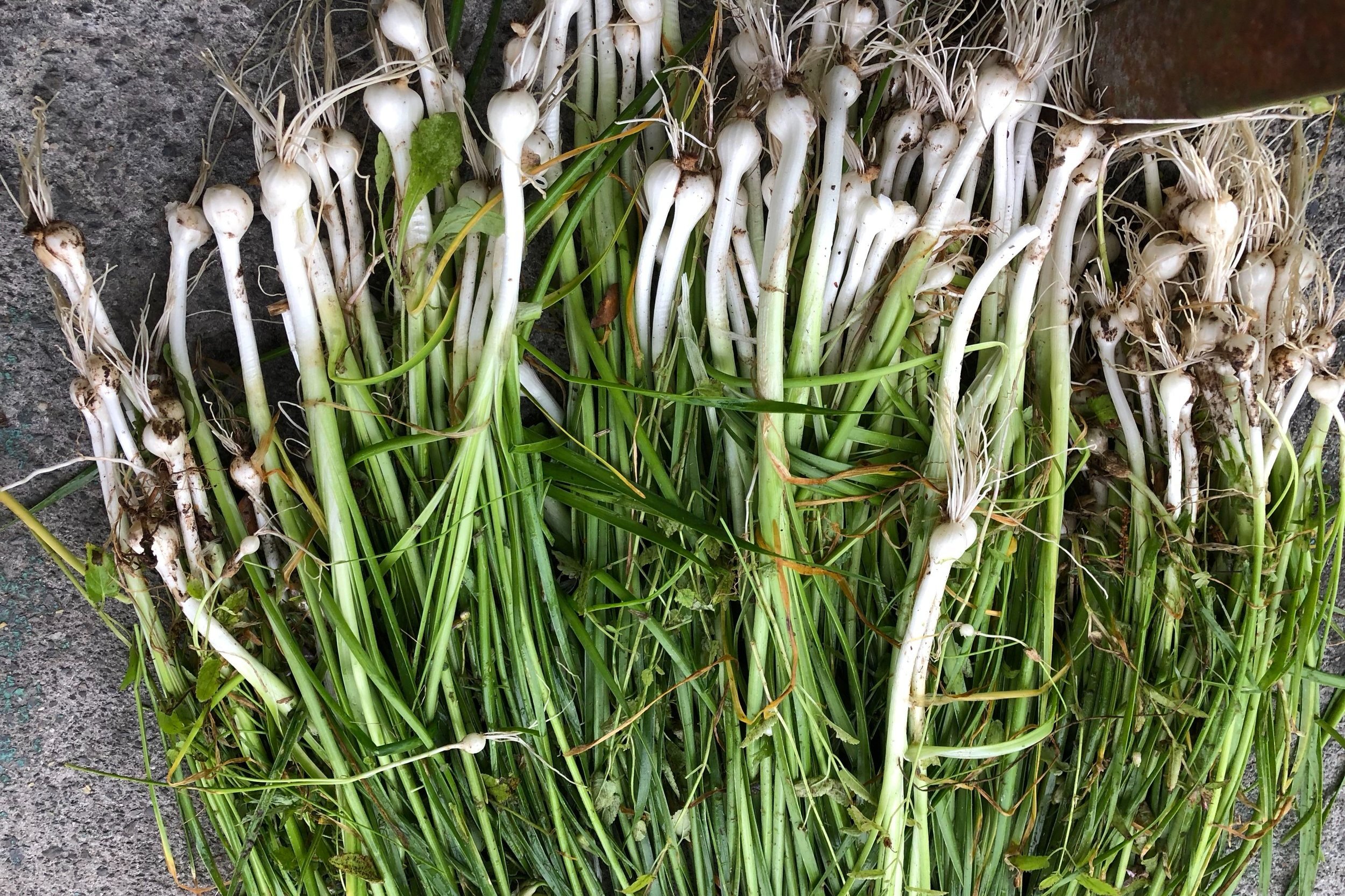
Jaguar animal Jaguar is a large predatory cat species found in Central and South America. They are the third-largest cat species, after tigers and lions, and are considered an apex predator in their habitats. Jaguars have a distinctive golden-yellow coat covered in black spots or “rosettes,” which provides them with excellent camouflage in the forest environments they inhabit.


